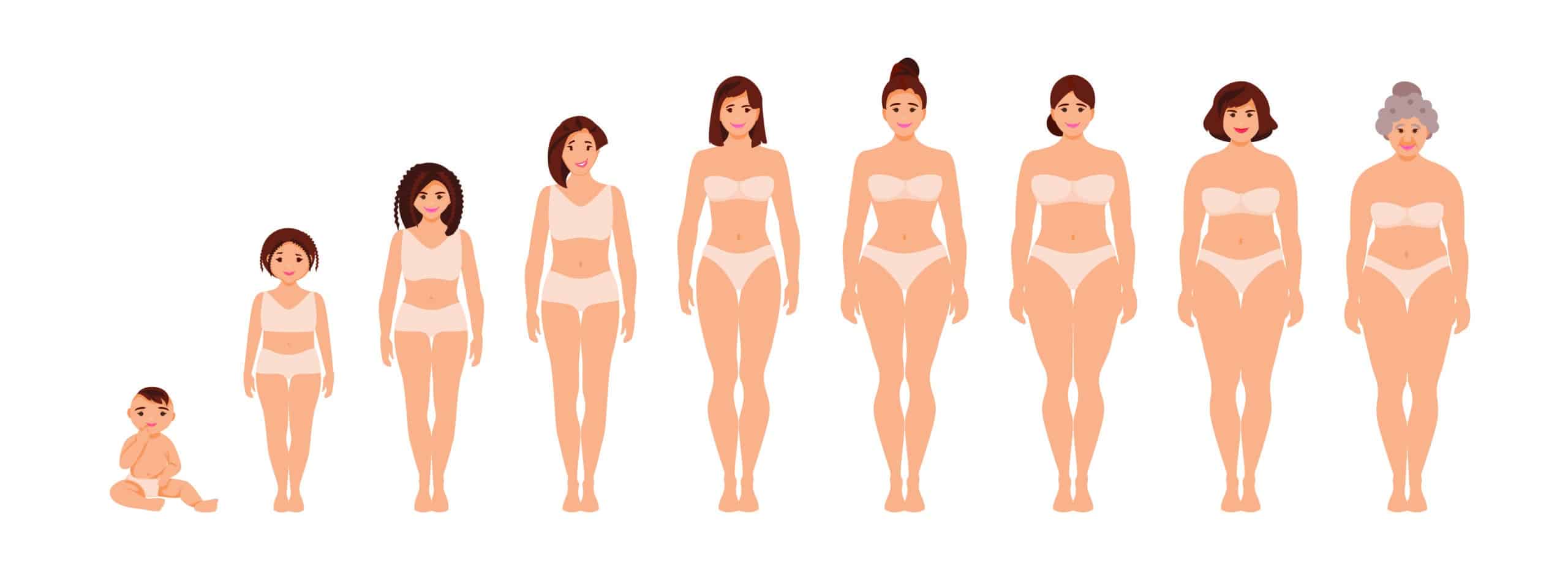Looking to expand on the topic researchers from Ruhr-University Bochum conducted a comprehensive meta-analytic review of 443 samples from longitudinal studies involving 460, 902 participants showing how subjective well-being develops over the course of a lifespan. The researchers reported their findings in Psychological Bulletin, suggesting that life satisfaction decreases between the ages of 9 and 16, then begins to slightly increase until the age of 70, and then starts to decrease until the age of 96.
“We focused on changes in three central components of subjective well-being,” explains Professor Susanne Bücker, who initially worked on the study in Bochum and has since moved to Cologne: “Life satisfaction, positive emotional states and negative emotional states.”
“Overall, the study indicated a positive trend over a wide period of life, if we look at life satisfaction and negative emotional states,” as Susanne Bücker sums up the results. The researchers attribute the slight decline in life satisfaction between the ages of 9 and 16 to, for example, changes to the body and to the social life that take place during puberty. Satisfaction rises again from young adulthood onwards. Positive feelings tend to decrease from childhood to late adulthood. In very late adulthood, all components of subjective well-being tended to worsen rather than improve. “This could be related to the fact that in very old people, physical performance decreases, health often deteriorates, and social contacts diminish; not least because their peers pass away,” speculates Bücker.
According to the researchers, they found greater median changes in positive and negative emotional states than they did in life satisfaction. They reported that between the ages of 9 and 16 life satisfaction decreases, then it increases slightly until the age of 70 when it starts to drop until the age of 96. When it comes to positive emotional states, the researchers found a general decline from age 9 to 94 years old while negative emotional states fluctuated between the ages of 9 to 22, then declined until 60 years old before increasing again.




